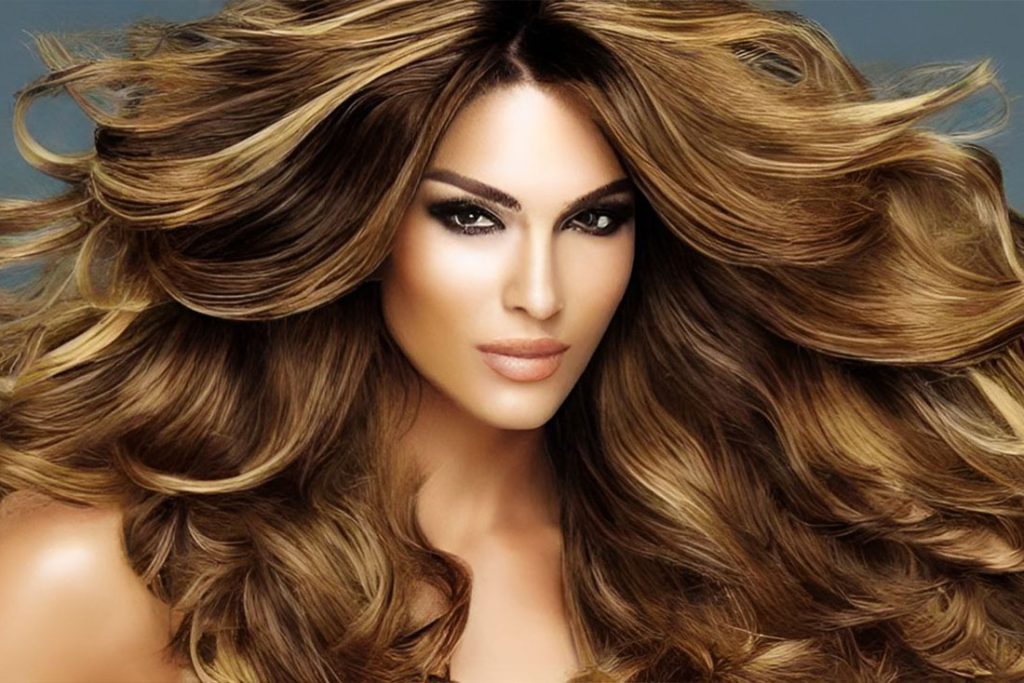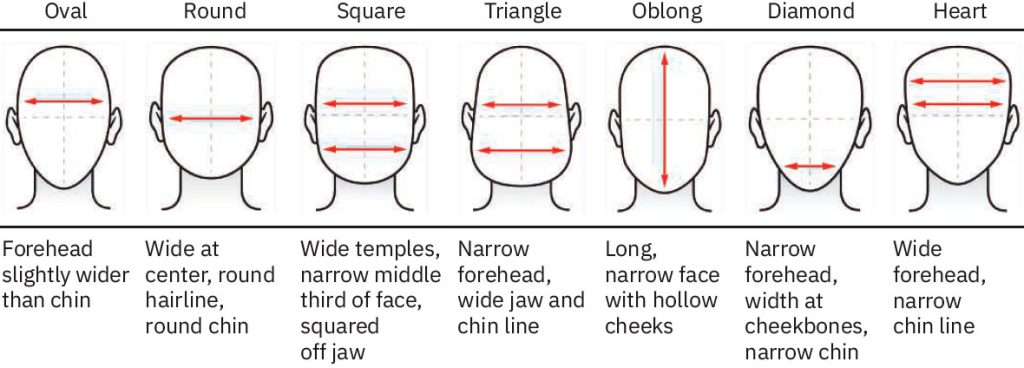Mastering Hairstyles for Every Face: A Comprehensive Guide
Crafting the perfect hairstyle goes beyond just understanding the hair type and texture. One crucial aspect often overlooked is the facial shape. A flattering hairstyle can enhance a person’s natural beauty, while an unsuitable one might do just the opposite. This guide explores the importance of facial shapes in determining the ideal hairstyle and provides insights into making the best recommendations as a professional stylist.

The Role of Facial Shape in Hairstyling
The face is the canvas upon which the art of hairstyling is presented. A harmonious blend between the hairstyle and facial shape accentuates a person’s features, bringing forth a balanced and appealing aesthetic. Knowing the facial shape allows the stylist to tailor hairstyles, creating a look that complements and flatters.

The Seven Basic Facial Shapes and Their Characteristics
Oval:
- Features: Forehead is slightly broader than the chin.
- Ideal Hairstyles: Most versatile face shape, supporting a wide array of styles.
Round:
- Features: Predominant width at the center, characterized by a rounded hairline and chin.
- Ideal Hairstyles: Styles that provide height at the crown or those with off-center parts.
Square:
- Features: Prominent wide temples, a narrower middle third, and a distinctly squared jaw.
- Ideal Hairstyles: Soft, rounded styles that reduce the angles of the face.
Triangle:
- Features: A slender forehead paired with a broad jaw and chin line.
- Ideal Hairstyles: Volume-centric styles at the temples or layered looks.
Oblong:
- Features: A noticeably long face combined with hollow cheeks.
- Ideal Hairstyles: Styles that add width and volume to the sides.
Diamond:
- Features: A tapered forehead and chin with the width centered around the cheekbones.
- Ideal Hairstyles: Styles that add fullness around the jawline and forehead.
Heart:
- Features: A broad forehead with a narrowing chin line.
- Ideal Hairstyles: Styles that provide volume at the jawline or chin, like bobs or wavy looks.

The Consultation Process: Determining the Facial Shape
For a comprehensive consultation:
- Visualization: Before diving into suggestions, remove any hair distractions. By pulling the hair away from the face with a towel or hairband, the facial shape becomes more apparent. This hands-on approach can be a revelation for many clients.
Face Division: To simplify the identification process, segment the face into three primary zones:
- Forehead to eyebrows
- Eyebrows to the end of the nose
- End of the nose to the chin’s base
This division aids in understanding the proportions and identifying distinct facial features.
- Education: Equip your clients with knowledge. Share images of celebrities or models with similar face shapes, showcasing hairstyles that enhance their features. This not only informs but also sets realistic expectations.
Conclusion
Embracing the diversity of facial shapes is a cornerstone of hairstyling. As a stylist, understanding these nuances and tailoring recommendations can elevate the client’s look and boost their confidence. In the realm of beauty, the right hairstyle for the right face is transformative, and mastering this art is a gift to both the stylist and the client.






